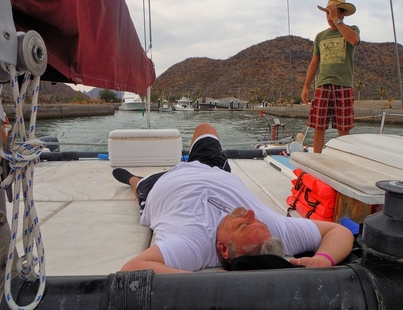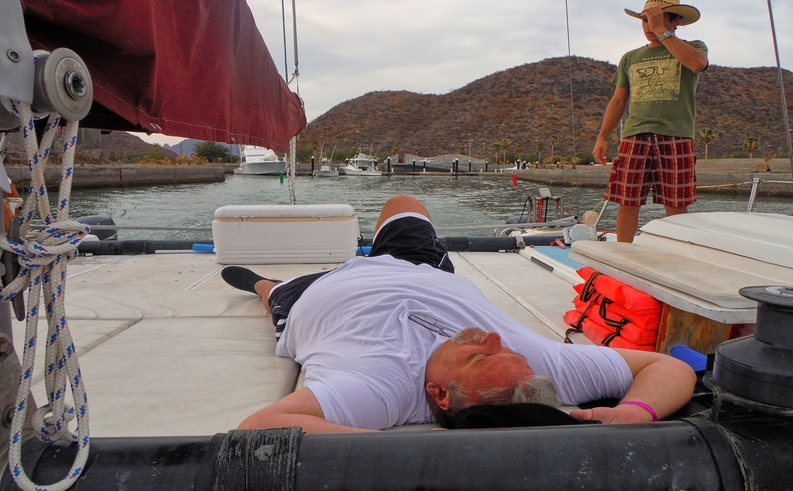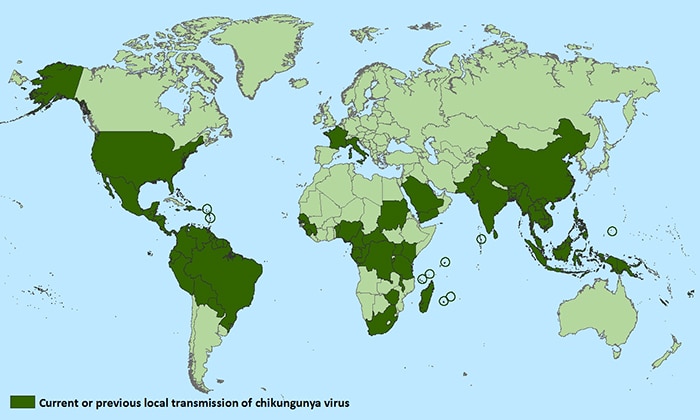

The spread of mosquito-borne febrile diseases in recent years affects anyone who travels to or lives in a tropical or subtropical region. If you develop flu-like symptoms during or following a visit to one of these regions, or outside of flu season wherever you live, consider chikungunya and dengue.
Both chikungunya and dengue are spread by the mosquito Aedes aegypti, an urban dweller known to be more active during the day. Chikungunya can be found in many countries across Asia, Europe, the Americas and the Caribbean, while dengue spreads from Asia across the African continent and is present in Pacific Islands, South and Central America, the Caribbean and northern Mexico.

It usually takes four to seven days after being bitten by a mosquito infected with either disease for a person to manifest symptoms, which include high fever, headache and joint and muscle pain. The afflicted person may also experience flu-like nausea and fatigue. Chikungunya symptoms generally last two to three days, with muscle and joint pain lingering for weeks. With dengue, symptoms range from mild to severe. A signature symptom for dengue includes severe pain behind the eyes. In addition to other flu-like symptoms, there may also be a skin rash. Fever typically subsides in four to seven days.
Unfortunately, in up to 10 percent of dengue cases, hemorrhagic symptoms develop. The dengue hemorrhagic fever may start few days after the onset of symptoms or after the acute febrile phase subsides. Patients with dengue hemorrhagic fever develop at least two of the following symptoms: red spots or patches on the skin; bleeding from the nose or gums; black, tarry stools; drowsiness or irritability; pale, cold and clammy skin; severe abdominal pain; persistent vomiting; vomiting blood or difficulty breathing. Anyone with these symptoms should go immediately to the hospital. There is no specific treatment for dengue, but proper supportive measures usually prevent development of dengue shock syndrome and can reduce mortality from 10 to about one percent.
It is important to warn anyone who has recently returned from a subtropical or tropical region with flu-like symptoms to avoid aspirin, ibuprofen (Advil, Motrin) and naproxen (Aleve), which in case of dengue may make bleeding worse. To control fever and pain for acute febrile conditions, use acetaminophen (Tylenol) instead.
Boaters out at sea experience less risk because the flying range of mosquito is only about quarter mile; however, it is possible for mosquitos to infest your boat and travel with you. To protect yourself when you are near shore, sleep under mosquito nets, wear long sleeves and pants and use plenty of repellents. If you develop mild flu-like symptoms, take a few days to rest. If you develop any warning symptoms or if symptoms return after acute fever has subsided, treat it as an emergency. Immediately visit the nearest urgent care facility, or, if the hospital is out of reach, contact DAN Boater or other emergency medical services.

Explore more Travel Health & Safety tips.